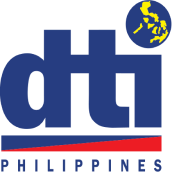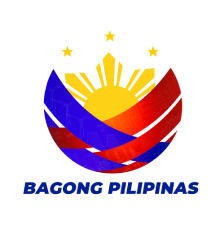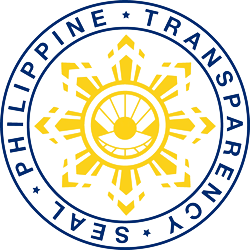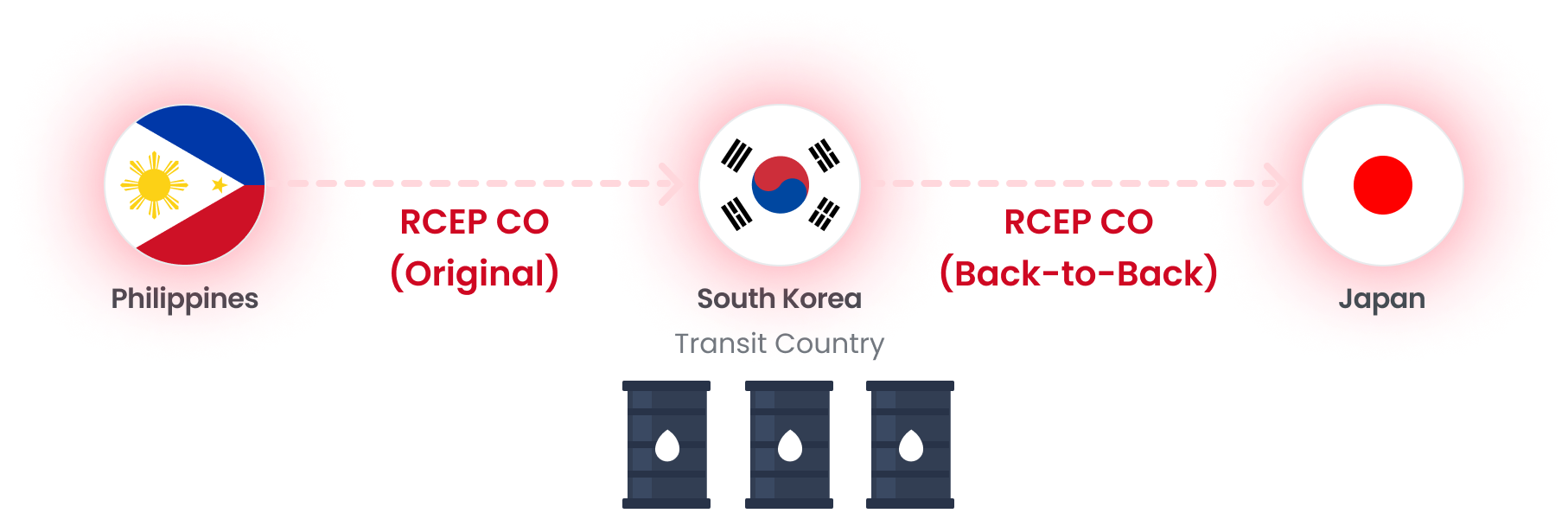Logistics Cost Reduction utilizing Back-to-Back CO
What is Back-to-Back CO?
Back-to-Back CO is a document issued by the intermediate country based on the certificate of origin issued by the initial exporting country.
When multiple countries have signed the same Free Trade Agreement (FTA) such as the Korea-ASEAN FTA, ATIGA, RCEP, etc., a connected certificate of origin can be issued.
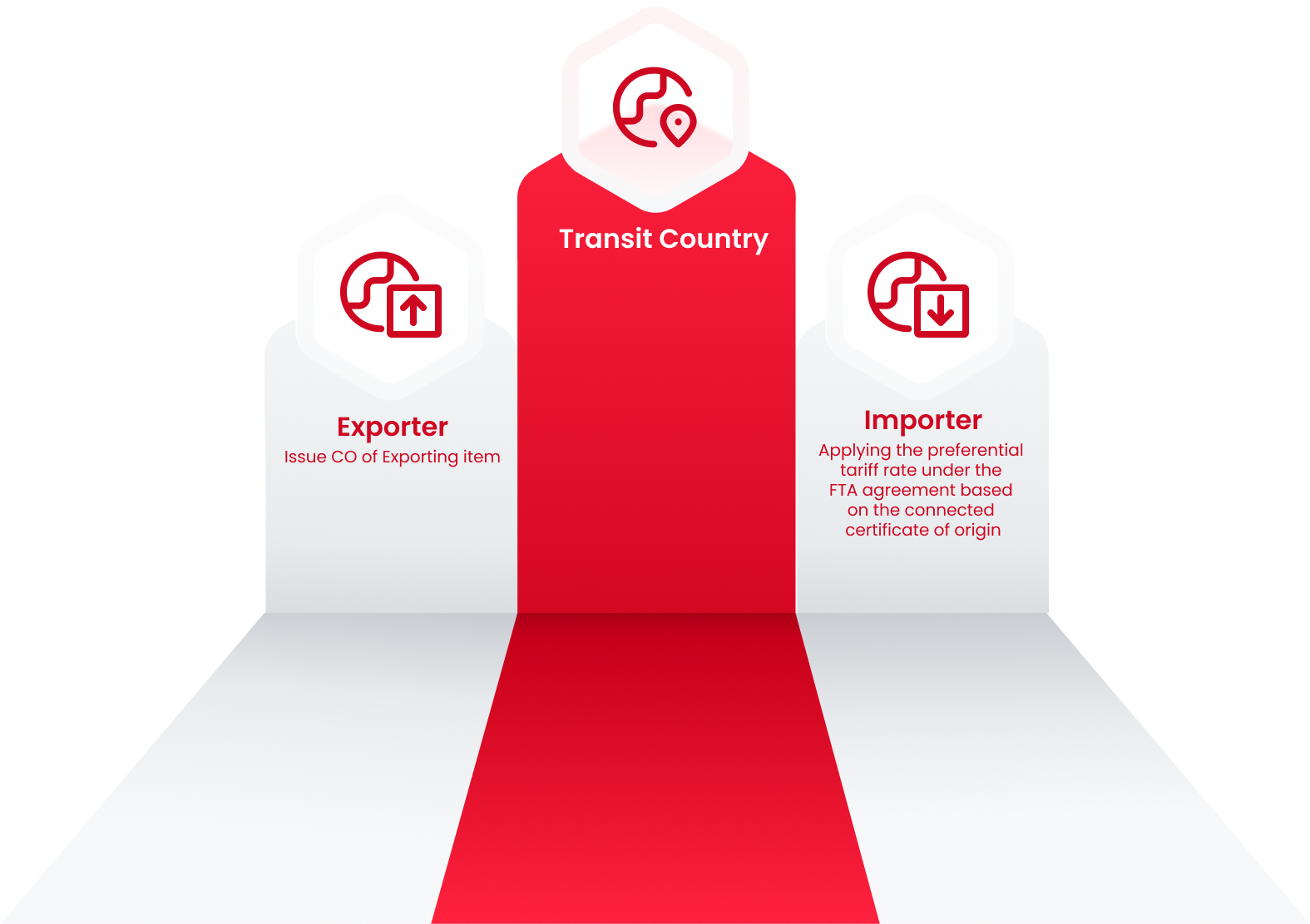
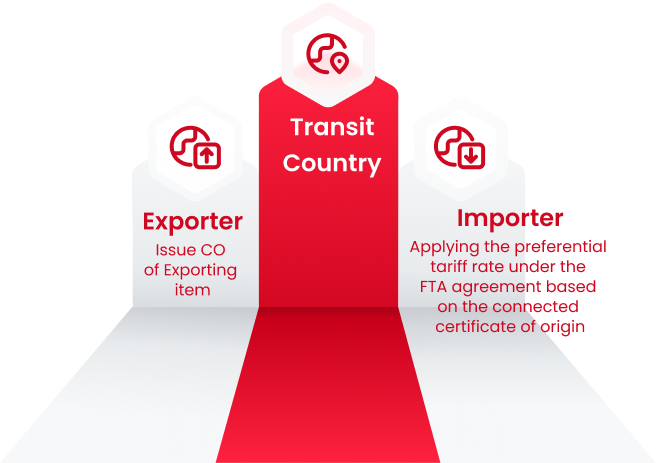
Transit Country
The transit country, which issues the Back to Back certificate of origin based on the certificate of origin issued by the exporter, must be a member of the same FTA agreement as the importing/exporting country.
Why Back-to-Back CO is necessary?

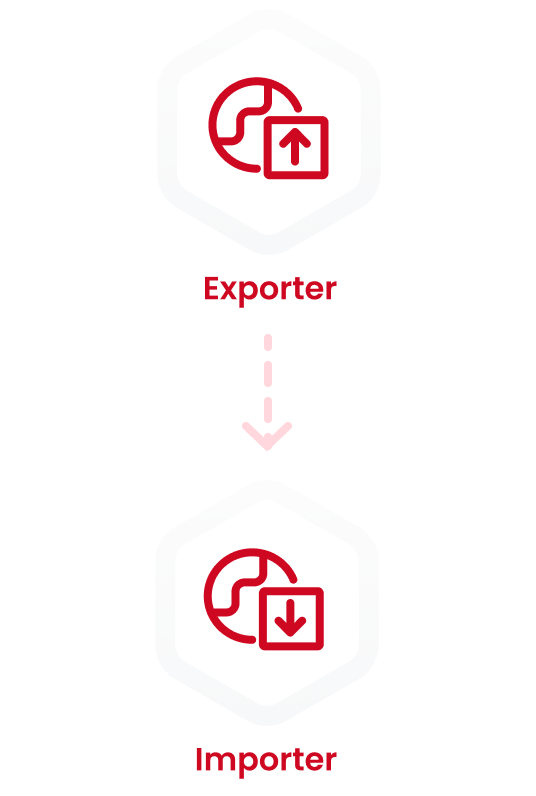
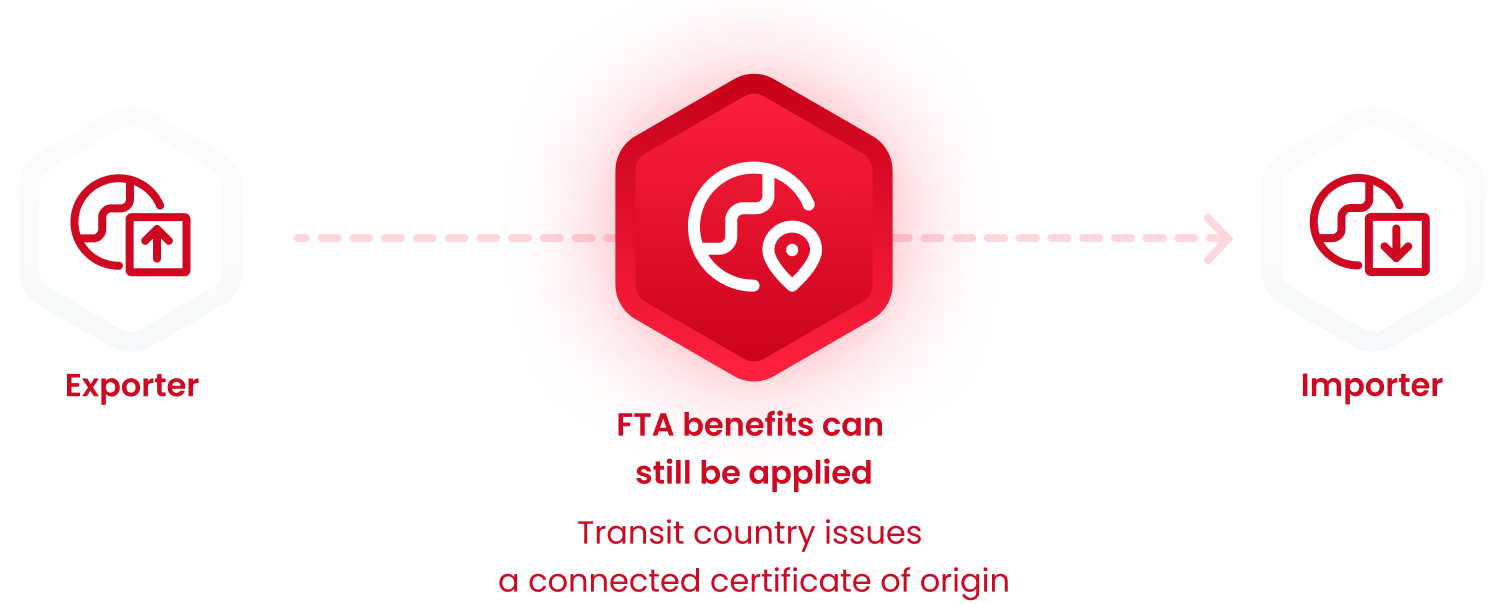
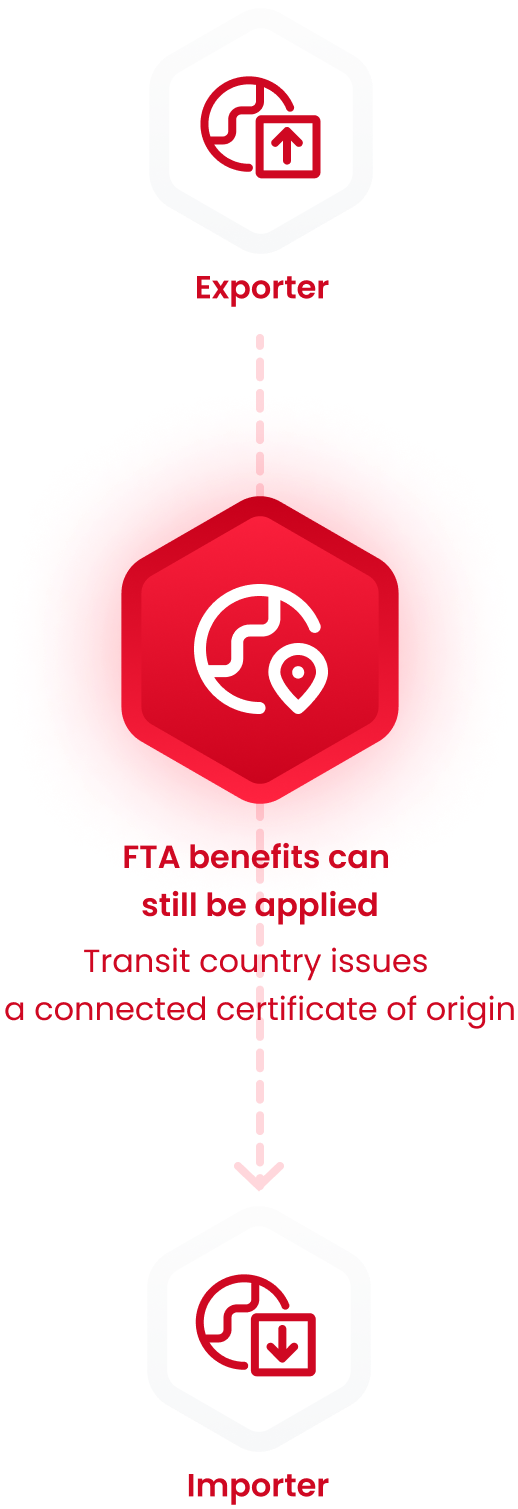
This is to prove the principle of direct transportation, which is a prerequisite for receiving FTA benefits.
Ideally, goods should be transported directly from the exporting country to the importing country to qualify for FTA privileges.
However, if a third country is transited en route, it violates the principle of direct transportation. Nevertheless, if the transit country issues a connected certificate of origin, FTA benefits can still be applied even if the goods are imported via a third country.
Back-to-Back CO and Logistics?
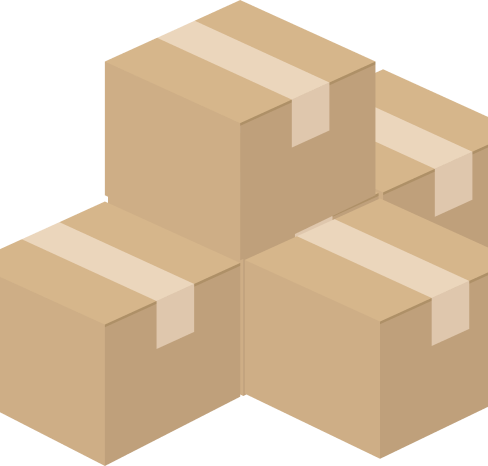
As a measure to attract and sustain logistics centers in Southeast Asia, back-to-back CO can be utilized to promote the establishment of logistics centers in the Philippines and increase investment from multinational companies.
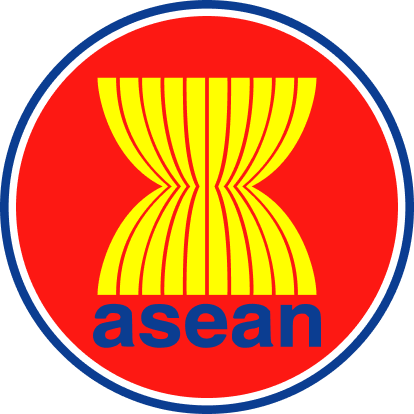
Since FTAs concluded under the auspices of ASEAN allow for the issuance of connected certificates of origin, it can serve as a logistics hub.
Global distribution center case model
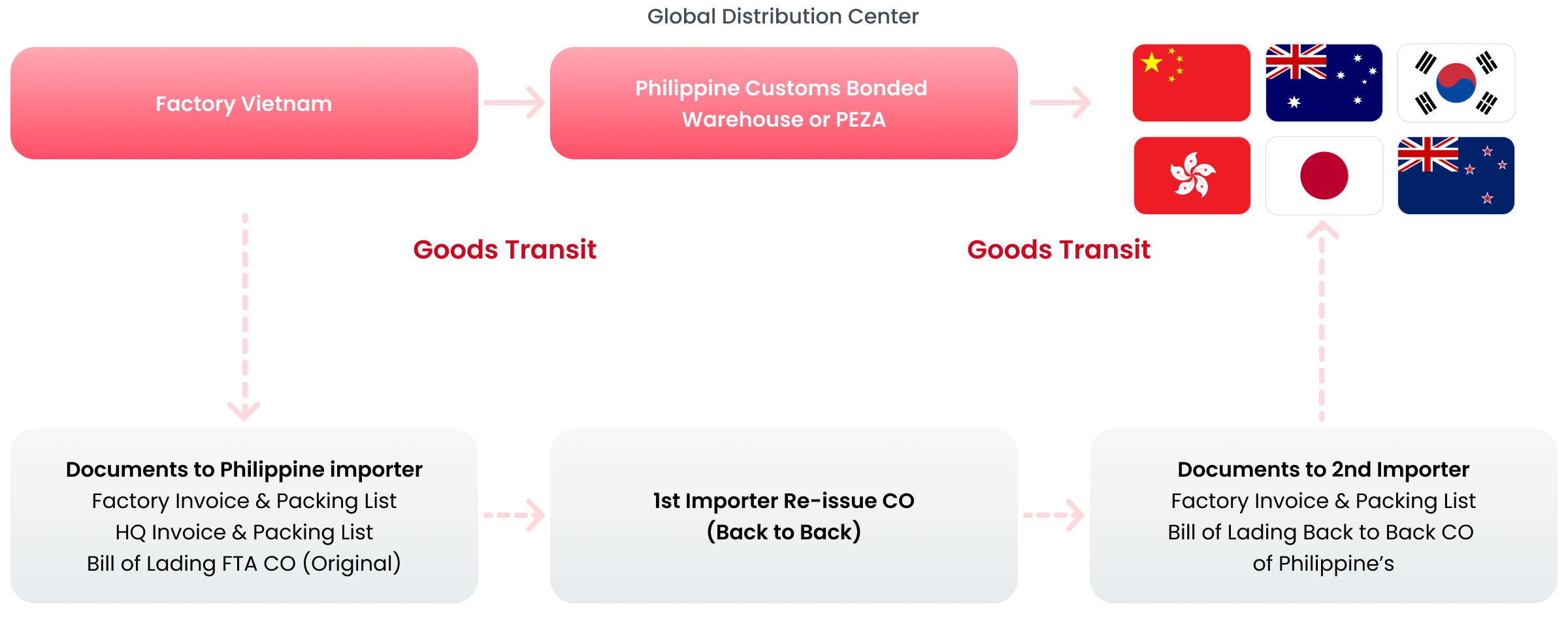
-
Factory Vietnam
- Documents to Philippine importer
-
Factory Invoice & Packing List
HQ Invoice & Packing List
Bill of Lading
FTA CO (Original)
- Goods Transit
-
Philippine Customs Bonded Warehouse or PEZA(Global Distribution Center)
1st Importer Re-issue CO(Back to Back)
- Goods Transit
-
Many countries : China, Australia, Korea, Hong Kong, Japan, New Zealand
- Documents to 2nd Importer
-
Factory Invoice & Packing List
Bill of Lading
Back to Back CO of Philippine’s
Business model for intermediary trade
| Import Duty Rate of Japan | |
|---|---|
| WTO Rate | 3.3% |
| RCEP Rate | 0% |
The connected certificate of origin can also be utilized in intermediary trade transactions. For example, in a scenario where a Korean company imports lubricating oil from the Philippines and resells it to Japan, the use of back-to-back CO can help reduce logistics costs.
For example, goods imported inexpensively from Philippine can be stored in the Transit country until orders are received from countries like Japan within the region. Upon receiving orders, the goods can be sorted, repackaged, and exported according to the requested quantities.
Also, when there are excess inventory items unsold domestically, they can be re-exported to other countries within the region. In both cases, back to back certificates of origin can be utilized to apply for tariff benefits.

